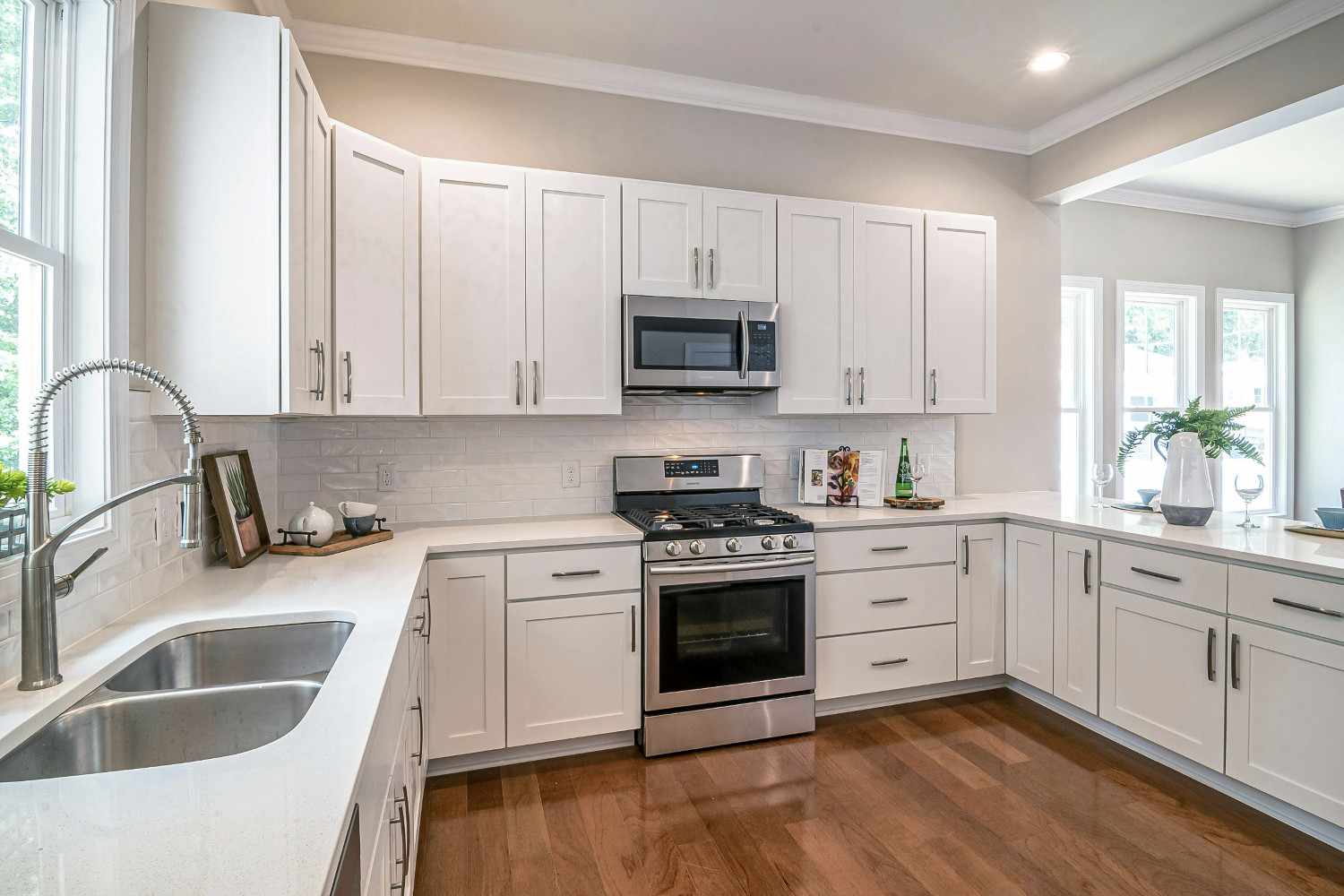Thinking about a non-QM loan? You’re not alone. The current interest rate climate is fostering a rise in the popularity of alternative loan products. More and more people are looking at alternative lending options to the traditional 30-year conforming mortgage, and here’s why:
The Federal Reserve once again hiked the federal funds rate at its latest meeting in March, offering the housing industry in sacrifice (some economists say) through its latest actions. These actions from the Fed, which helped push mortgage rates higher, have led many consumers to turn to alternative options to take out a mortgage. They may just be on to something!
At its meeting which ended Wednesday, the Federal Reserve announced its second rate hike for this year, which follows seven hikes to the federal funds rate last year. The Fed hiked rates by 25 basis points. This has pushed mortgage interest rates much higher than the sub-3% levels borrowers enjoyed in 2020 and into 2021.
“Real estate is a very interest rate-sensitive sector, which is why when the Fed first hit the proverbial brakes on the economy by hiking interest rates, the housing sector was the first to go through the windshield like a crash test dummy,” First American Deputy Chief Economist Odeta Kushi said after the Fed’s latest rate hike. “As long as the Fed’s fight against inflation persists, it will continue to put downward pressure on the housing market because mortgage rates typically follow the same path as long-term bond yields, which move with inflation expectations and the Fed’s actions.”
Today, the average mortgage rate on a 30-year conventional loan is at the mid-6% level and even surpassed 7% earlier this year, according to data from Freddie Mac. But now, many consumers are looking for alternative solutions, such as the non-QM market.
In February, nonconforming loans – including jumbos and expanded guidelines – picked up share relative to all other loan products, rising to 12.2% of market share, according to a new report from Black Knight. Adjustable-rate mortgages (ARM) also gained market share, rising above the 10% mark.
“Mortgage rates ticked up again in February after a brief respite, showing once again just how rate-sensitive the market continues to be,” said Kevin McMahon, president of Optimal Blue, a division of Black Knight. “Conforming rates dipped below 6% early in the month but finished up 52 basis points from January.
“Even though the number of rate locks was down month over month, dollar volume increased due to a rate environment that favored jumbo and ARM loans over GSE products,” McMahon said. “Essentially, though, the story remains the same: one of a market facing significant interest rate-driven headwinds.”
More borrowers are choosing to purchase a home through non-QM in order to increase affordability as mortgage rates continue to rise.
Not your parents’ non-QM
After the housing market crash in 2008, many questions have surfaced about non-QMs. The fear surrounding the safety of non-QM loans has suppressed some of the usages of this particular mortgage product. However, the non-QM loans of today are much different than those of the pre-housing crash era.
The Mortgage Credit Availability Index released by the Mortgage Bankers Association (MBA) fell by 3 percent to 100.1 in February. A decline in the MCAI indicates that lending standards are tightening, while increases in the index are indicative of loosening credit.
This means it actually became harder to take out a loan in February. The higher the index, the easier it is for consumers to take out a loan. For comparison, in 2007, the index peaked at just under 900. While consumers are increasingly looking to non-QM, these products must follow the Ability-to-Repay law to ensure consumers are able to repay loans they take out. And unlike the housing crisis years where stated income was an acceptable practice, today’s loans require much more documentation for both QM and non-QM loans.
Non-QM loans provide a way for borrowers who do not meet traditional loan requirement standards – such as W2 jobs or who want to use alternative assets towards loan qualification – a path to homeownership. It can also help borrowers purchase a home that is above the conforming loan limit through jumbo loans. It can also be a way for borrowers to obtain a mortgage in a rising mortgage rate environment to lower their interest rate and therefore, their monthly payments.
Interested in learning more about our non-QM loans and how Defy can help you reach your homeownership dreams? Send us a message at help@defycapgroup.com. We can help with that.







